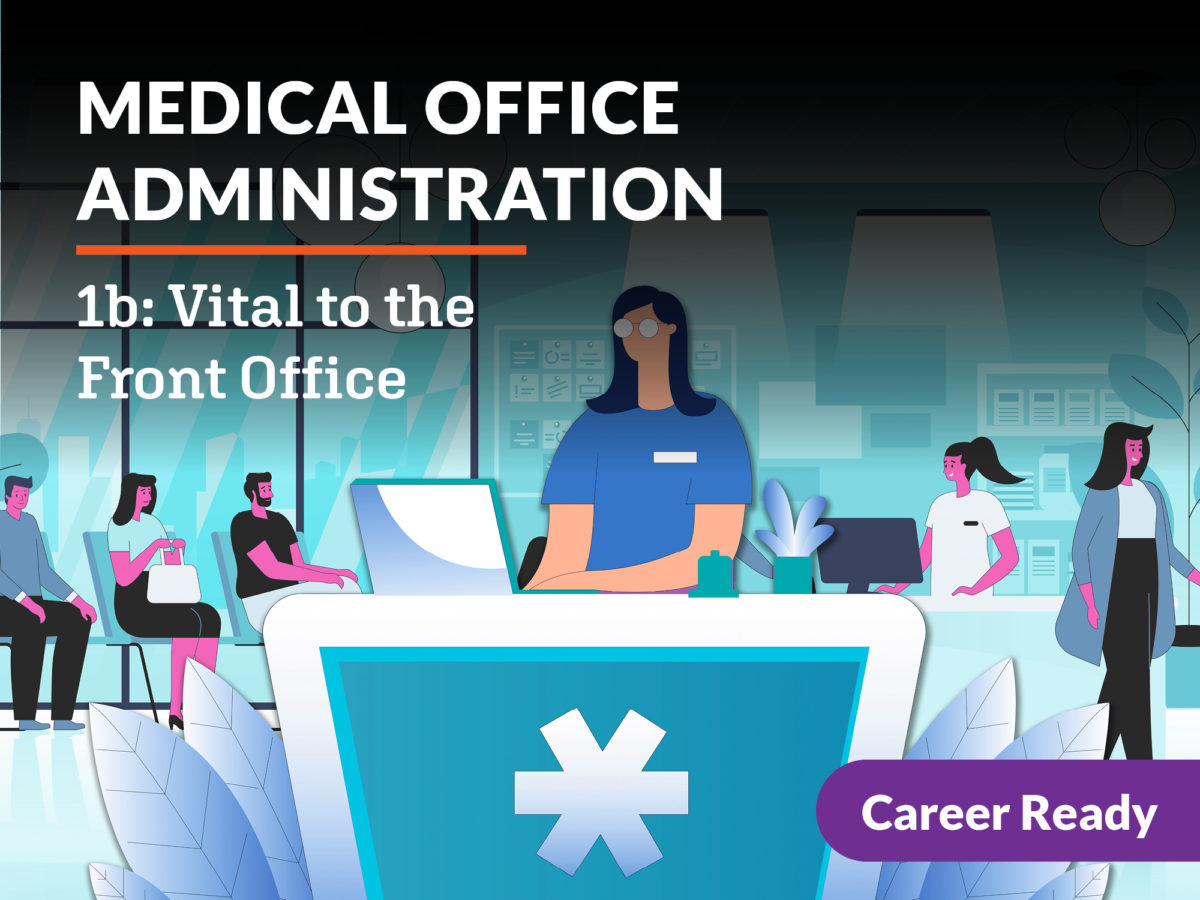Ideal Practices in Medical Management for Improving Performance and Decreasing Prices
In the ever-evolving landscape of medical care, the pursuit of ideal methods in clinical management is vital for enhancing efficiency and curbing costs. By incorporating innovative innovations such as electronic health and wellness records and telemedicine, doctor can streamline operations and boost person care. Technology alone is not a cure all; enhancing resource allowance and promoting collaborative interaction amongst care groups are just as important. As organizations make every effort to stabilize top quality and cost, what strategies should be prioritized to achieve these twin goals? The response to these inquiries hold the key to a more lasting health care system.
Leveraging Advanced Modern Technology
In today's swiftly evolving health care landscape, leveraging advanced innovation is no longer optional however vital for reliable clinical administration. The combination of electronic solutions right into health care systems has transformed the method facilities operate, improving processes and improving client care. Electronic Health Records (EHRs) are essential, offering extensive person information that can be accessed instantaneously by licensed employees, therefore minimizing redundancy and minimizing mistakes. By centralizing client details, EHRs remove the need for troublesome paperwork and promote seamless communication amongst health care companies.
Telemedicine is one more technological development that has actually reinvented person communication. It offers convenience for both patients and healthcare experts by making it possible for remote assessments, which can reduce the requirement for in-person brows through and optimize visit organizing. Additionally, telehealth platforms can extend medical care access to country or underserved locations, connecting voids in treatment distribution.
Additionally, making use of Artificial Knowledge (AI) and machine knowing is ending up being significantly common in anticipating analytics, enabling very early discovery of possible wellness problems and even more enlightened decision-making. These modern technologies, when integrated efficiently, can boost diagnostic precision and individualize person treatment plans, inevitably causing boosted health care results and functional performance.
Optimizing Resource Allotment
By purposefully managing sources such as personnel, tools, and financial resources, health care facilities can dramatically boost their functional efficiency, improve person results, and lower unnecessary expenditures. The very first action in enhancing resource allowance entails performing a detailed evaluation of present assets and identifying areas where resources may be underutilized or overextended.
Prioritizing source allocation based on client needs and solution needs is vital. This entails lining up sources with high-demand areas, such as emergency care or specialized treatments, to guarantee prompt and efficient person treatment. Carrying out versatile staffing designs can additionally enhance labor resources by readjusting workers allocation in response to fluctuating individual volumes. Additionally, accepting telemedicine and various other technological services can ease physical resource restrictions by supplying alternative avenues for patient-provider communications.
Economic resources should be diligently kept an eye on and alloted with calculated insight to sustain both temporary functional needs and long-lasting institutional objectives. This consists of investing in training programs that improve personnel expertises and adopting energy-efficient practices that decrease operational costs (medical administration). Ultimately, an optimized resource allowance strategy promotes a sustainable medical care setting that is responsive, effective, and financially prudent
Streamlining Operations Processes
When healthcare facilities aim to boost functional effectiveness, improving process procedures comes to be a pivotal focus. Efficient workflows lessen redundancy, remove unnecessary actions, and enhance sychronisation amongst medical care professionals. This method not only accelerates service distribution but additionally enhances the high quality of client treatment.

Following, technology integration plays a substantial role in improving process. Applying electronic health documents (EHRs) and computerized medical professional order entry (CPOE) systems reduces paperwork, reduces human error, and guarantees info comes to all appropriate employees. Additionally, leveraging telemedicine platforms can improve patient assessments and follow-ups, reducing the stress on physical framework.

Inevitably, streamlined workflows bring about set you back reductions and boosted patient fulfillment, fostering a more lasting healthcare environment.
Enhancing Data Administration
Building upon structured workflows, enhancing information monitoring comes to be a crucial component ahead of time healthcare management. Efficient information administration systems are critical for preserving accurate patient records, improving decision-making, and ensuring conformity with regulatory criteria. By implementing robust data management remedies, health care facilities can improve the high quality of person care while simultaneously lowering functional prices.
One secret facet of boosting data administration is the integration of sophisticated electronic wellness record (EHR) systems. These systems help with the seamless exchange of person information throughout various departments, lowering duplication of tests and reducing errors. A properly designed EHR system sustains information analytics, enabling health care companies to determine patterns and make educated decisions pertaining to client treatment.
Additionally, securing patient information is paramount. Embracing comprehensive cybersecurity measures, including security and routine audits, makes sure the stability and discretion of delicate details. This not only protects people however also keeps the establishment's credibility.
Buying staff training is one more crucial factor. Enlightening medical care professionals on data monitoring methods improves their capacity to successfully make use of innovation, causing improved client results. In verdict, enhancing information administration through advanced innovation and extensive training is vital for accomplishing efficiency and expense decrease in medical administration.
Fostering Collaborative Interaction
A vital part in advancing clinical management is cultivating joint interaction among medical care experts. Reliable interaction click here to read is vital for making sure smooth person care, enhancing treatment end results, and reducing errors. By urging open discussion and control throughout multidisciplinary groups, medical care companies can enhance their operational efficiency and decrease unneeded costs.
Central to this technique is the combination of interaction technologies such as digital health and wellness documents (EHRs) and secure messaging platforms, which promote the quick exchange of important individual information. These tools enable healthcare carriers to accessibility and share information in real time, making certain that all staff member are informed and aligned in their decision-making processes. Additionally, regular group conferences and interdisciplinary rounds can additionally promote a society of cooperation and responsibility.
Educating programs concentrated on improving interaction skills are also essential. These programs can help team establish the capability to my latest blog post communicate information plainly and listen proactively, thus minimizing misunderstandings and cultivating an encouraging workplace. In enhancement, adopting standard communication procedures, such as SBAR (Situation, History, Analysis, Referral), can enhance the exchange of details, making sure that vital information are shared succinctly and successfully. Inevitably, cultivating collective communication causes improved medical care distribution and cost savings (medical administration).

Conclusion
Including advanced modern technology, such as digital health and wellness records and telemedicine, together with maximized resource allowance and structured workflow processes, is vital for boosting effectiveness in medical management. Reliable data administration and fostering collective interaction amongst medical care groups are vital for reducing redundancies and enhancing care high quality. By focusing on precautionary care and participating in top quality renovation campaigns, health care companies can accomplish substantial expense savings and boosted client results, consequently ensuring sustainable healthcare delivery in a significantly complex atmosphere.
Comments on “The Relevance of Medical Administration in Health Care Management”